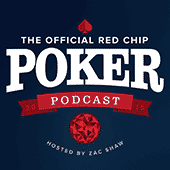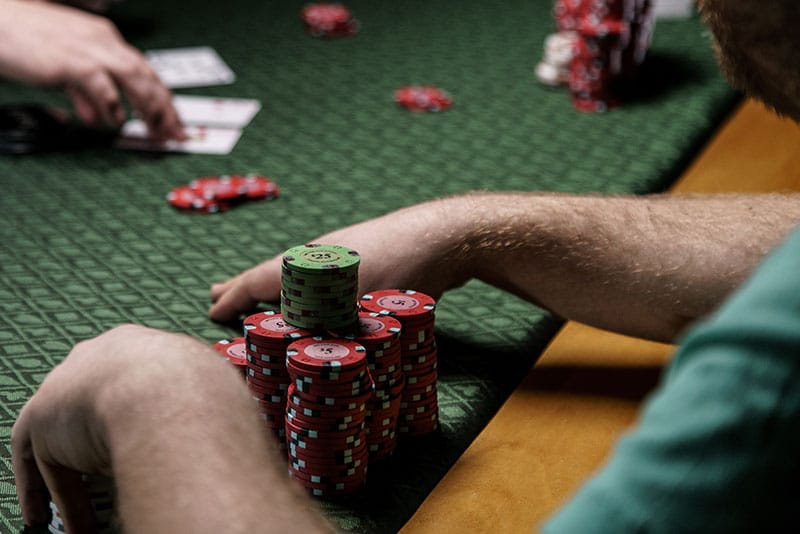How do you build a bankroll as a poker player? Should bankroll even matter to you? And if it does, how do you manage it to grow and avoid going bust? Seasoned live player and coach Doug Hull is on the podcast this week to answer all your questions on bankroll management.

For most poker players, bankroll management does not matter, because they are losing poker players. The essential part of bankroll management is being a winning player, if you are not winning it doesn’t matter, you will never build a bankroll.
Hull discusses a concept called the “drunkards walk” which references bankroll management perfectly. He imagines an infinite long sidewalk with a wall on the one side and a gutter on the other, with every step the drunk will walk closer to the wall or closer to the gutter. If he hits the wall, he will most probably just drag his face along the wall, but if he hits the gutter, that will be the end of his walk.
In poker, it’s a long walk while trying to stay out of the gutter (going broke), but the wider the sidewalk (your bankroll) the less chance there is of hitting the gutter.

Bankroll management is a bit of a psychological trick. There is something about keeping a physical bankroll that provides emotional stability at the table. Hull suggests starting with a ‘golden buy-in’.
If you are in the process of starting to build your bankroll, decide how much are you willing to lose that day and place it in the envelope, let’s say it was $500. You go to the casino to play and cash out later, you have $300 left. The next time you decide again how much are you willing to lose that day, again it may be $500. You go to the casino to play and cash out later, you have $700 left. Next time when you go and play, you don’t have to top it up again, but if you are willing to top it up every time to the amount you are willing to lose and never really take money out of the envelope, your bankroll will start to grow.
Having to fill up that envelope every time gets demoralizing, so it will also be a good idea to keep track of your expenses by not mixing your poker bankroll with your personal life’s bankroll. Ideally you should have a life bankroll, poker bankroll and a session bankroll.
Since we are giving a bit of financial advice, Hull suggests you don’t ever loan money to poker players. Yes, there are some instances where exceptions can be made, but it’s asking for trouble to put a portion of your bankroll at risk for another’s player convenience, and sometimes this is true even if you stand to benefit from the loan resulting in chips being dumped back to you on the felt.

I don’t understand how anyone can play without tracking your money.
I use and recommend Poker Tracker ap – Love it! Charts and analysis and easy to use.
It’s the green logo with a PT and dollar sign. I have tried many and this is by far the best in my opinion
Hey love2play,Doug introduced here that envelop concept so it becomes easy and moreover it is targeted for beginners who just needs to understand “Bankroll management”first and how not to go to the Gutter!
When they understand that concept then they can Use PT4,HM2 Or Jivaro…..thiugh Jivaro is best for Mtt!!
But Pt4 is must to have app if one wants to track his bankroll and progress!!
little confused with the envelope system Maybe someone can help. You start with $500 that you are willing to lose. If you win lets say $200 then its profit and you still have the $500 as your starting base in the envelope . Lets say you start with $500 and lose $300 you have to go to the bank and take out $300 so the stack is back to original $500 But whats the point if you have to go back to the bank to take out more money ? Now lets say you lost the original $500 you started with . Now what?